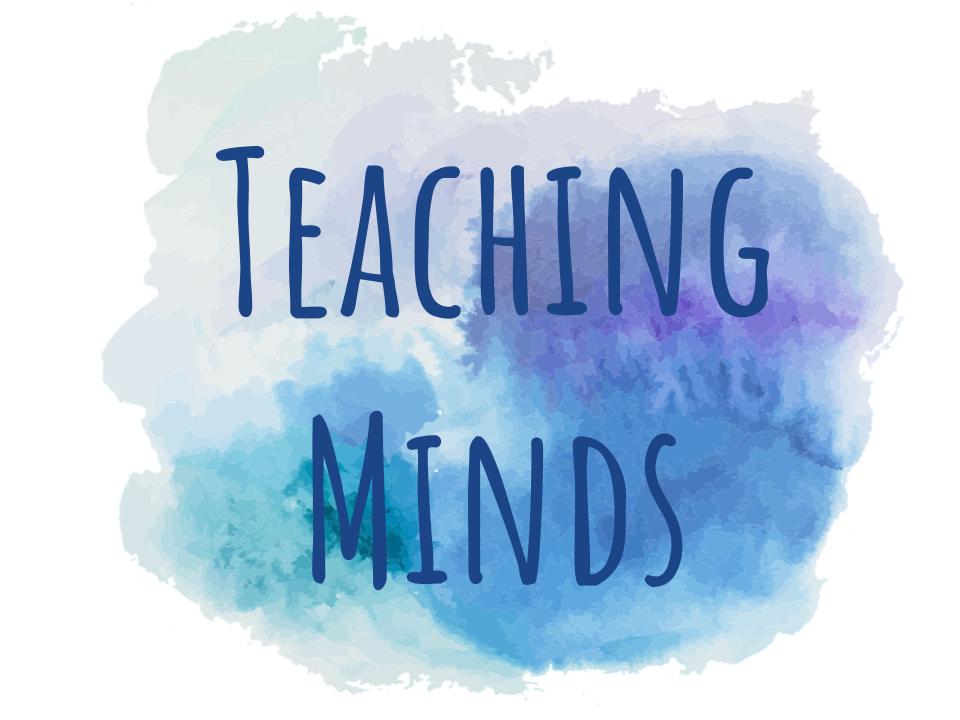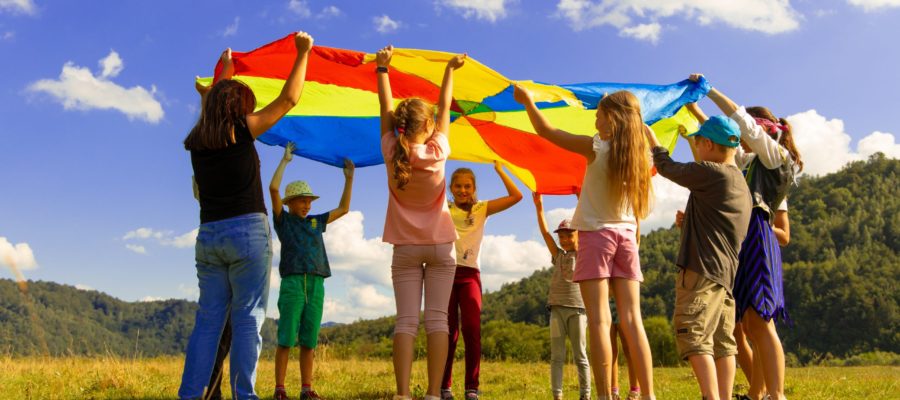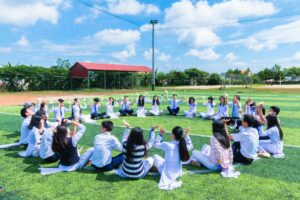Should play be prioritised more in schools?
I began my Masters in mental health and wellbeing this term and hope to apply many of the insights I’ve gained into my classroom practice.
One area that was particularly enlightening was the role of play for development and wellbeing. During a group assignment, I was fortunate to be placed with a play therapist whose knowledge really ignited my interest in the area. Since then, the research I have unearthed on play’s benefits have both stunned me, inspired me, and called me to take action! Some of my findings have been described in a research proposal I was required to write as my first assignment (see here). For a more concise summary and ideas for application, read on…
Benefits of play
It is definitely worth finding opportunities for more play for its host of benefits. The following list contains a few:
- Emotional regulation
- Problem solving
- Social skills
- Imagination and creativity
- A sense of autonomy
- Development of intrinsic interests and competencies
- Joy! (and as a result, greater wellbeing)
The decline of play
Play has seen a stark decline in recent decades alongside the rise in mental health disorders. There are wide-ranging reasons for this but one of them is certainly the push towards greater academia (reading by 3 years of age anyone??) Sadly wellbeing is much more difficult to measure than standardised test scores and schools continue to be judged most on their academic rigour. Although play has proven to have many benefits to learning (more on that in the essay), the less predictable and unstructured nature of it can cause it to be sidelined for more adult-led practice with clear learning outcomes and easy assessment. I am not saying there isn’t a place for this type of learning in schools, just that it is not the only type of experience that promotes learning and shouldn’t automatically be seen as the most beneficial just because it is the most easily measured.
Play based learning beyond the early years
The EYFS (the early years program taught in the British Curriculum) has a play based approach at its heart. Within this, every child is viewed as a unique individual who learns best in enabling environments. Early Excellence argues that this approach shouldn’t stop once a child enters the Year 1 classroom as children are still developmentally in Piaget’s pre-operational stage; they learn best through pretend play and first hand experiences. The ‘enabling environment’ provided in the early years is often through Continuous Provision which is now gaining more traction in Key Stage 1 classrooms.
I particularly liked this definition of continuous provision:
“…open-ended, accessible, flexible, large scale and skills-driven. It is planned but only in a loose sense. An adult’s plan is not a child’s plan. Children don’t have to reach a specific outcome determined by the adult. Instead continuous provision should offer an index of possibilities. It should enable children to bring their magic with them into the environment and shape it. Equally it should create the conditions for collaboration and self-chosen purpose.” (Botrill. nd)
Some inspiring teachers are even taking the continuous provision approach to the later primary years, helping to support a more child led and inquiry driven approach.
Some of my favourite inspirational instagram accounts (mostly Year 2 focused)
A great facebook page to follow that promotes Key Stage 2 continuous provision comes from Mrs D
Continuous Provision in KS2 with Mrs D
Application in Schools
Like many teachers, the pressure to meet certain objectives has held me back when trying to incorporate more play into the school day. However, I found the research compelling enough to make a few changes with many more planned.
My actions so far:
- Play date with an older buddy class:
To celebrate International Children’s Day and children’s right to play, we arranged a ‘play date’ with our Year 5 buddy class. The children had the choice of free play in the infant playground or participation in dodgeball (a game they voted for). Walking back to the class after the 40 minute session, the class had huge beams and a couldn’t stop talking about how fun the Year 5 students were.
- Class celebration- free play:
The children get to have a class celebration approximately once a term when they have filled the class jar with 24 golden globes (these are awarded from teachers if they show exemplary behaviour). Instead of a passive activity such as watching a movie, I encouraged an activity that would promote more play and social engagement. The result: bring your own toy. This was a great way of talking to children about their interests and promoting social skills such as sharing and problem resolution.
- Continuous provision: junk modelling
Children seem to love getting creative with recycled boxes and bottles. The provocation had loose links to our history topic ‘create a toy that may have been used in the past’ and the class loved the opportunity for more hands-on and creative work that didn’t have a predetermined outcome
What I’m doing next:
- Embed continuous provision into the curriculum by planning it into every week and ensuring for plenty of child-initiated responses and choice. I am taking an online course with Early Excellence with a few of my fellow teaching team to support this.


